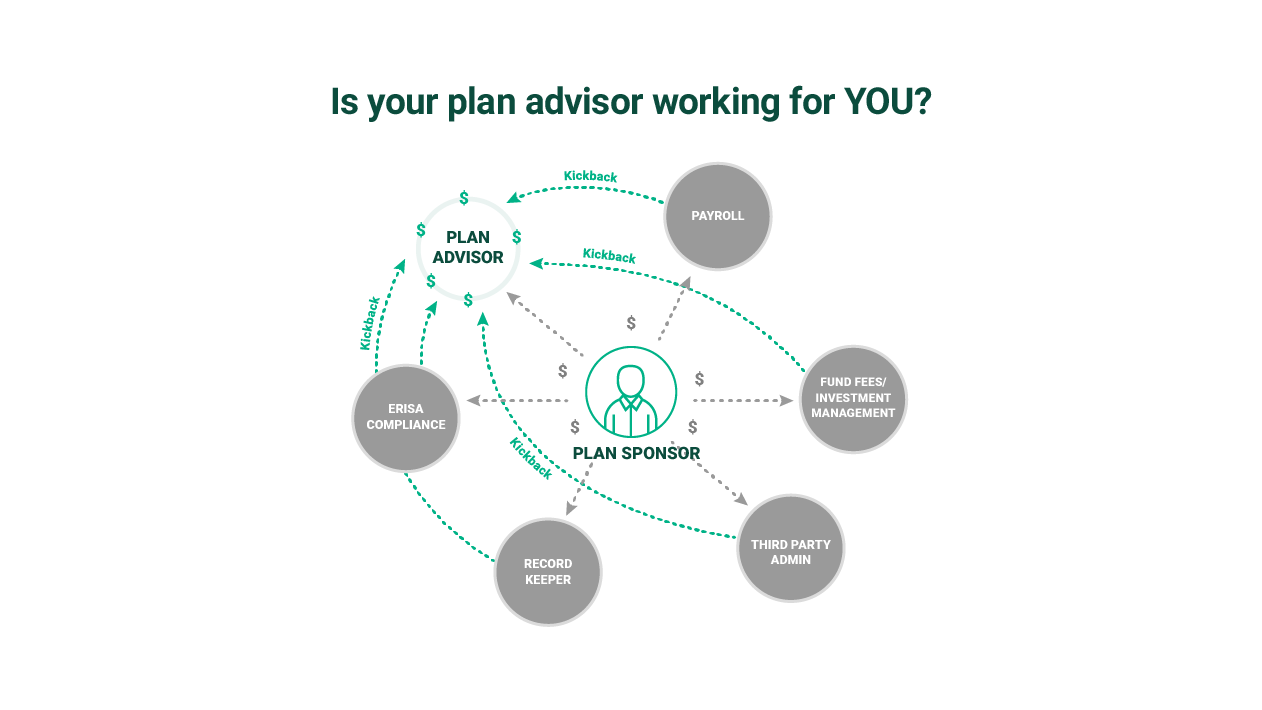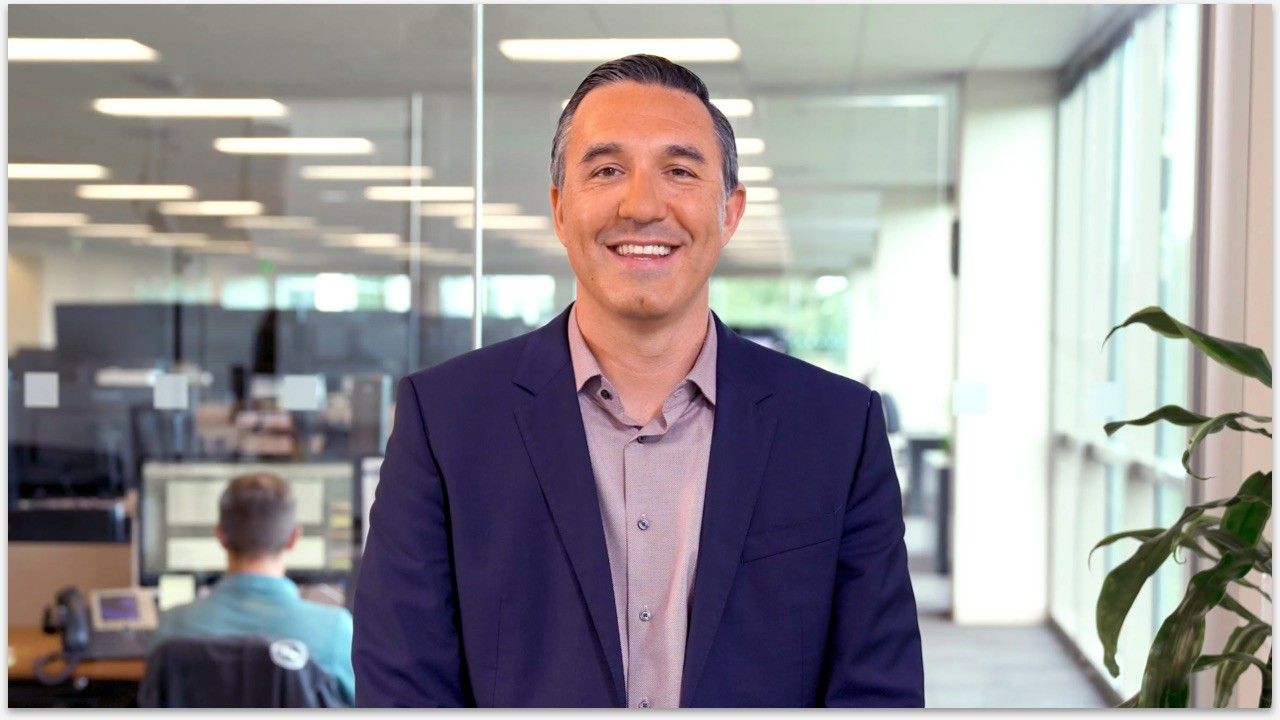Business 401(k) Services / Plan Administration
How to Save $1 Million for Retirement - Even if You Think It's Too Late
When it comes to saving for retirement, starting early is generally pretty good advice. Saving and investing early can help you achieve greater returns via compounding investment growth—interest that grows on your savings and continues to grow as the stock market grows. But if you’re a business owner who has been channeling would-be savings toward running and operating your business, you may not have had the opportunity to save as much as you would have liked.
When considering both housing and medical costs, $1 million in retirement may last an average worker anywhere from 12 to 26 years, depending on average state costs of living. For those that follow the “4% rule,” a $1 million savings portfolio would allow workers to withdraw $40,000 per year. Taking Social Security at age 65 would mean a yearly benefit of about $13,824, for a total yearly income of $53,824—more than the real median personal income in the United States.
But for business owners, income needs in retirement may be a little less clear. Depending on your lifestyle needs, a number of factors can affect how much you’ll need for retirement—and $1 million may not be enough. Even if you feel that it’s too late to save as much as you’d like, these steps can help provide a good starting point to be able to achieve the lifestyle you want in retirement.
- Max out your 401(k). Some business owners prefer to re-invest earnings into their business to some degree—part of the reason a business owner’s personal retirement savings may be a little lower. If you haven’t saved anything by the time you’re 50, there’s extra incentive to start: When you turn 50, you’re eligible for higher 401(k) contribution limits ($31,000 for 2025) than individuals under the age of 50 ($23,500). Depending on what kind of 401(k) plan your business has, you may be able to save as much as $77,500 per year with a 401(k) plus a profit sharing plan (or $70,000 if you’re under 50), which would offer you a massive boost to your account balance. If you can start saving before you’re 50, contributing extra income to your retirement account during years when your business has better profits can help create a buffer for the times that you’re unable to save as much as you’d like—or in case of a market downturn.
- Develop a plan to manage your debt. If you’re in debt from starting your business, or have had to give yourself a loan from your 401(k), paying down your debt as quickly as possible is a good idea. Depending on the interest rate, it may make sense to put saving on hold and funnel it toward paying down that debt. If you’re paying debt interest greater than the long-term returns you can historically expect, you’re probably paying more in interest than you’re gaining—and losing money that could be put toward retirement.
- Cut costs and supplement income. . If you can’t maximize or save as much as possible in your 401(k) each year, you’ll want to focus on other strategies centered around cutting expenses and supplementing your current business income. There is no easy way to get to $1 million. Unfortunately, that sometimes means making major decisions: Cutting back on vacations, moving to a less-expensive home or more tax-friendly state, avoiding major expenses like a new car, or finding other sources of income (or business opportunities) outside of your current business can help you get there—assuming you save the difference.
It’s important to note that those with higher incomes generally feel that they’ll need more money to retire comfortably. As a business owner, saving $1 million might be more than enough to support your lifestyle needs—or it may be far less. Reach out to your adviser about what tools and support they have available to you and your employees, so you can track your progress toward your savings goal.

See our Business 401(k) Insights
Resources and articles to help your business with retirement plan support, optimization and administration.





